

The Tarpon, also known as the Silver King, is found in the waters of the Atlantic Ocean, inhabiting coastal waters, estuaries, lagoons, and rivers. They’re highly migratory and known as one of the oldest living fish, evolving approximately 18 million years ago. The Tarpon is poorly received as a food fish but held in extremely high regard with travelling anglers, and thousands flock worldwide to target this incredible species. They are the largest species targeted by saltwater fly fishing anglers in shallow water and are famed for their astonishing size, armoured scales and impressive fighting style.
Tarpon are highly predatory and have the ability to fill their swim bladder with air, using it as a primitive lung, giving them an advantage over their prey when hunting, especially in low oxygenated water. Their large mouth turned upwards features an elongated, bony plate, perfect for crushing their diet of crustaceans, crabs and baitfish. They grow to impressive sizes and the largest ever recorded was a monster of over 2.5m in length and weighing over 350lb. They generally average anywhere between 10lb and 90lb, depending on their habitat, but they can easily grow to over 100lb in the right conditions.
There are many different ways to fish for Tarpon, including with lures and bait, but one of the most popular and exciting ways is to fly fish. You can use a sinking line and dredge areas where you know the fish live, but the most exhilarating way is to sight fish for them. They can be challenging to locate, spooky and hard to hook, but once you do, it’s all worthwhile. They have an incredible fighting spirit and are capable of jumping up to ten feet out of the water, often rattling their gills like an angry diamondback snake, trying to shed the anglers hook.
Below are the top destinations in the world for Tarpon Fishing.


Tarponville Lodge in Costa Rica offers anglers the opportunity to experience some of the best Tarpon fishing in the world, regarding numbers of fish and those with a fantastic average size. It is home to abundant numbers of big fish, averaging around 80 to 90lbs, with specimens frequently reaching over a massive 150lbs.
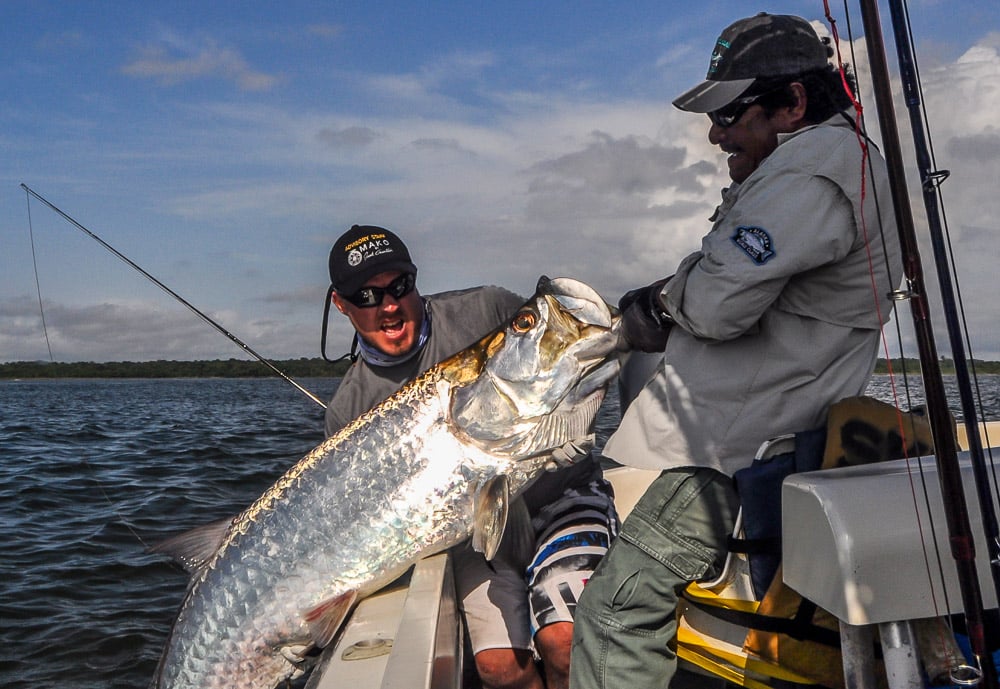

Over the last few years, Silver King Lodge in Costa Rica has built a reputation as one of the best Tarpon fishing destinations found anywhere in the world. Located in a lush tropical environment on the banks of the Rio Colorado on the northeast coast of Costa Rica, it's home to abundant numbers of big Tarpon.


Silver King Tarpon fishing in Brazil, is the first fly-only Tarpon fishing operation in South America and is a unique experience created for travelling rods looking to sample some world-class fly fishing sport. It offers anglers unprecedented numbers of fish and those with excellent average sizes.
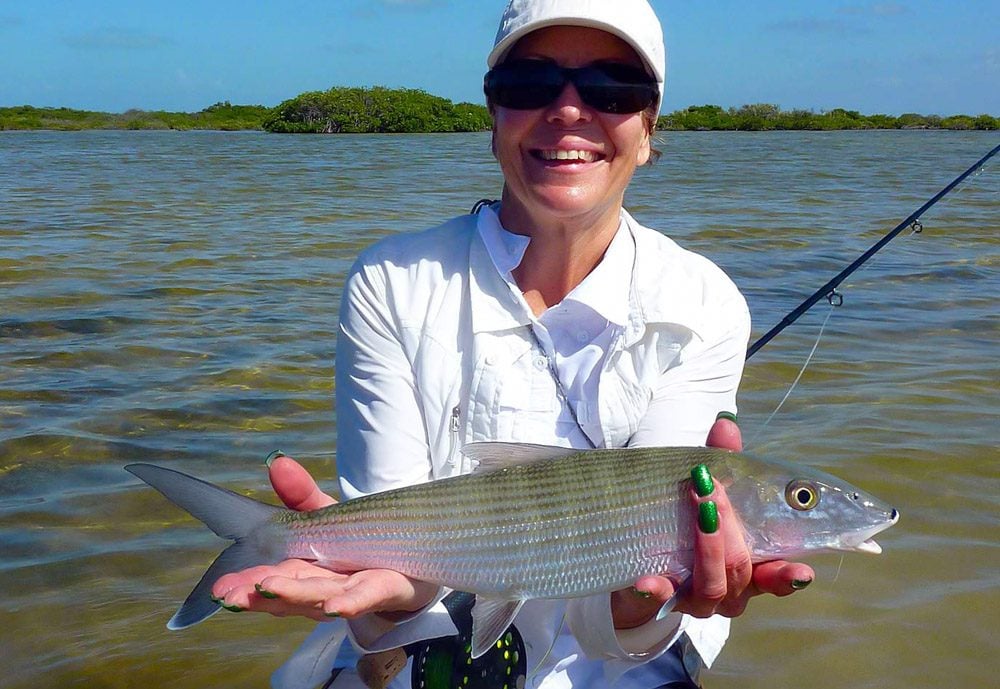

Ascension Bay in Mexico is home to some of the most fantastic Fly Fishing that Mexico has to offer, the guides are also some of the most skilled and knowledgeable in all of the country. GRAND SLAMS and SUPER SLAMS are very achievable and this is the perfect destination for the flats fishing Enthusiast.
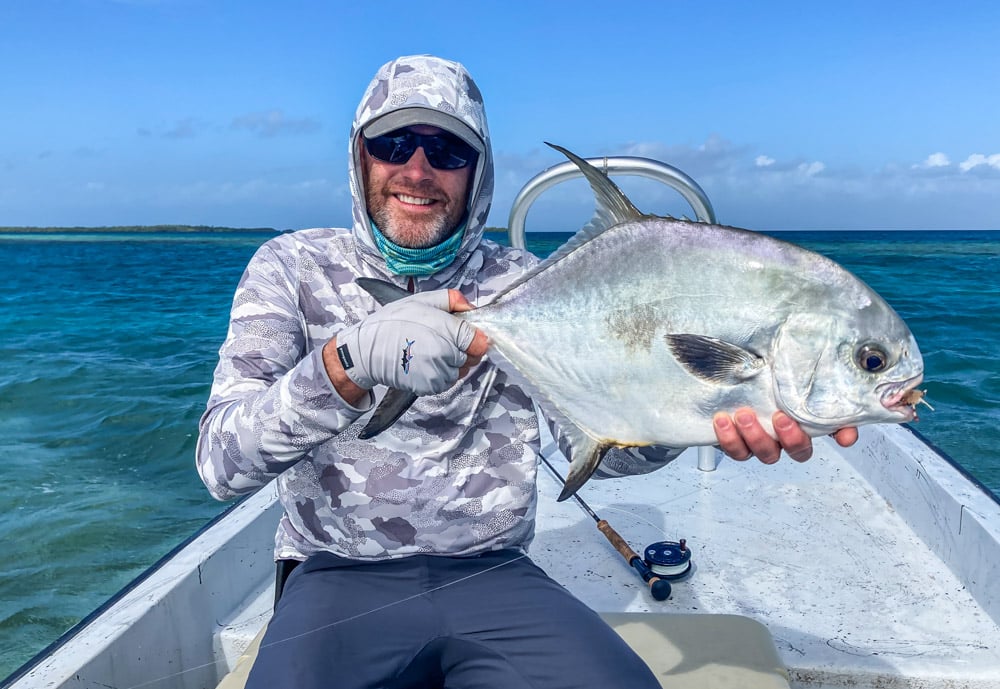

This fishing epicentre known as Blue Horizon Lodge is renowned for its vast array of expansive pancake flats that teem with marine life, and its fabled waters are some of the best places in the world to fish for tailing Permit in shallow water. For decades, Blue Horizon Lodge has been known as 'THE' destination for hardcore Permit anglers.
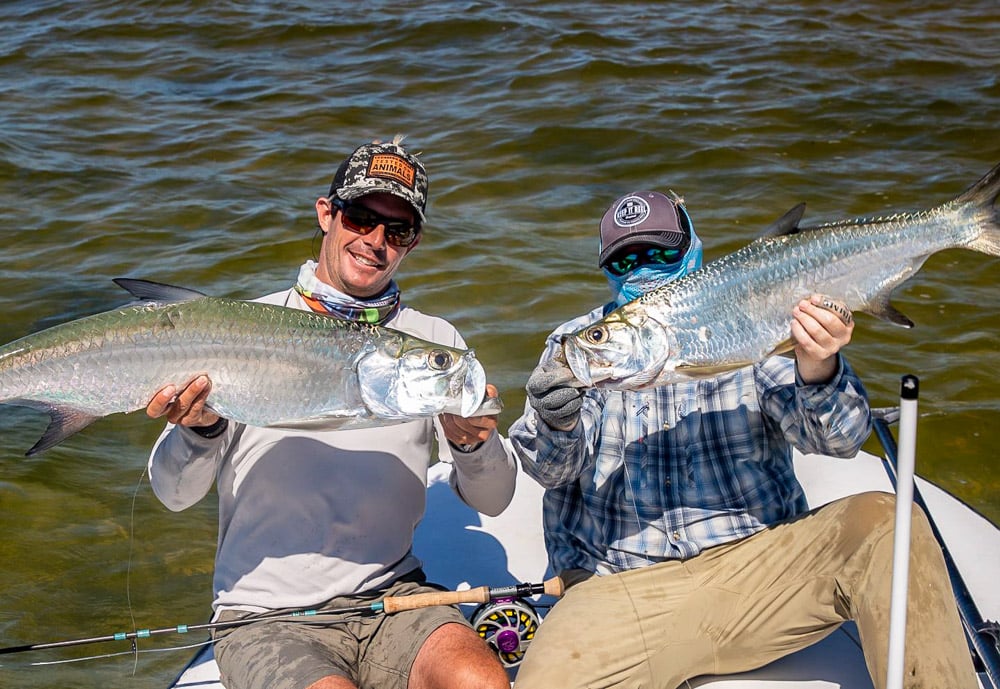

This is flat’s fishing far beyond your wildest dreams! The Isle of Youth lays 100km off the coast of mainland Cuba, nearly straight south of Havana. If Tarpon are a species on your saltwater fly fishing hit list then this is definitely the destination for you. There are good populations of both resident and monster migratory Tarpon.


With popper and lure fishing fast becoming the biggest technique practised amongst the travelling angler so if you take any activity and push it to the wildest edge, you create magic. Sportfishing along the pristine coastline of Gabon is definitely one such activity. Your need to fish wild remote waters may well be what drives you.


Located at the southern end of Ascension Bay in the heart of the 1.3 million acre private preserve, Casa Blanca has established itself as Mexico’s premier saltwater fly fishing destination. For many years now Casa Blanca has mesmerised anglers with its endless expanses of turquoise flats providing the ultimate water for Bonefish, Permit and Tarpon.


Cayo Paredón is the hottest, newest destination in the portfolio of our partners Fly Fishing the Run. Located in the province of Camaguey, the easternmost, most significant and flattest region in the centre of Cuba, it's a saltwater fly fishing paradise, home to all the 'Grand Slam' species.
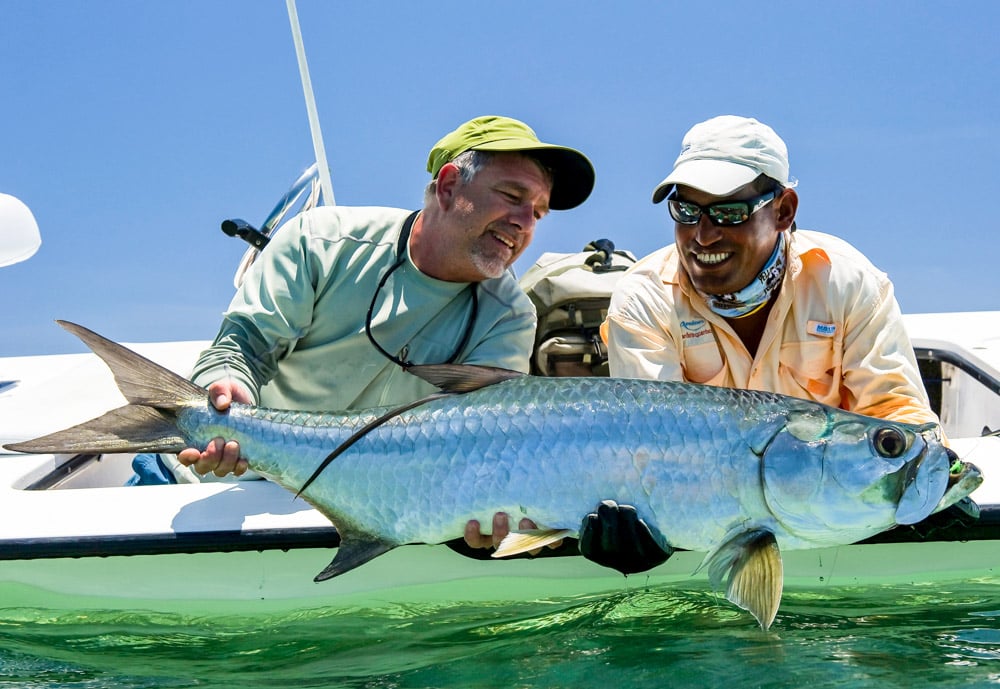

Think about a place where you can fish more than 100 miles of flats without seeing another fisherman. A place where the flats fishing is so good, you can catch seven fish species in one day and a place where you have a legitimate chance for a ‘Grand Slam’ every day of the year; that’s Canarreos.


Offering quick and easy access to miles and miles of firm, light bottom flats, Crooked & Acklins Trophy Lodge is perfect for classic wade fishing in skinny water. The flats stretch to the horizon, and travelling anglers can wade and fish as far as their legs will take them, for uncountable Bonefish and large Permit.


With only eight anglers allowed to fish the thousands of kilometres of waters in and around Zapata each week, many area's have never seen an angler. From a saltwater fly fishing perspective, the destination is in its infancy and is remarkable and a real jewel in Cuba's ecological crown.


At Kwanza Lodge the fishing is varied with the opportunity to one day, fish the freshwaters of the river Cuanza for super huge Tarpon and then the next to be some nautical miles offshore fishing for huge Marlin. The guides will make sure that all your requirements are catered for, so if you wish to troll all day or even popper fish then this will be tailored into your itinerary.


Southern Belize’s Copal Tree Lodge is an idyllic high-end jungle hideaway overlooking the Rio Grande River in the ‘Green Heart of Belize’. Its location, setting, beautiful grounds, impeccable food, and service rank it among the finest destinations in the Caribbean, and it’s perfect for couples, families, and anglers alike.
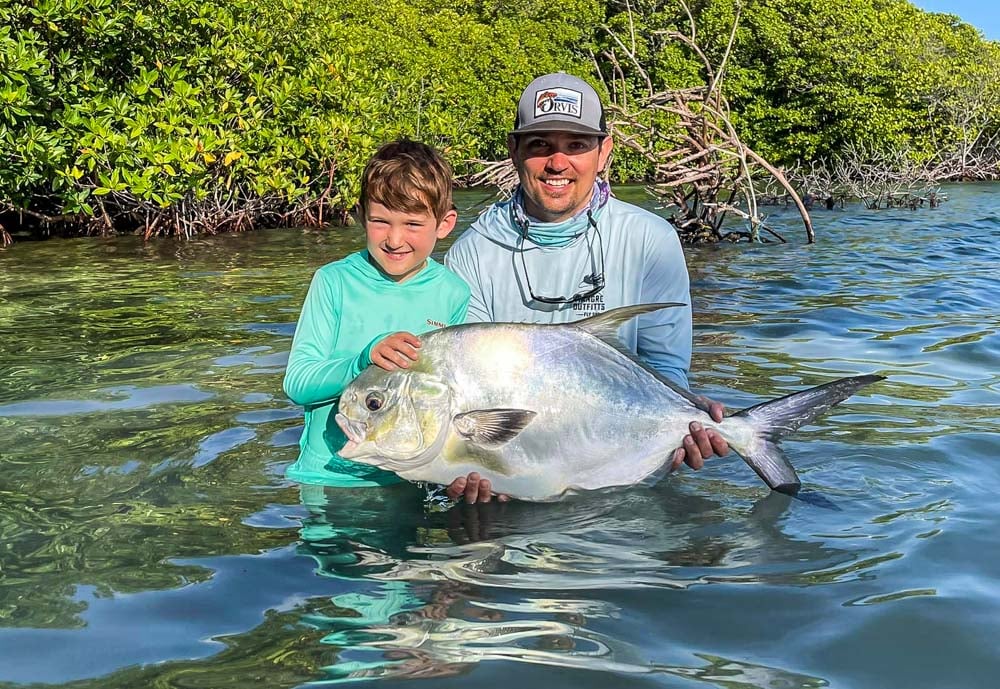

This great resort provides fantastic fly-fishing and provides a great safe, exciting and entertaining destination that you can bring and enjoy with your family. The beachfront location of this resort provides several amenities for your enjoyment, whether it is arranging for a massage in the lodge massage room or a day out on the flats.
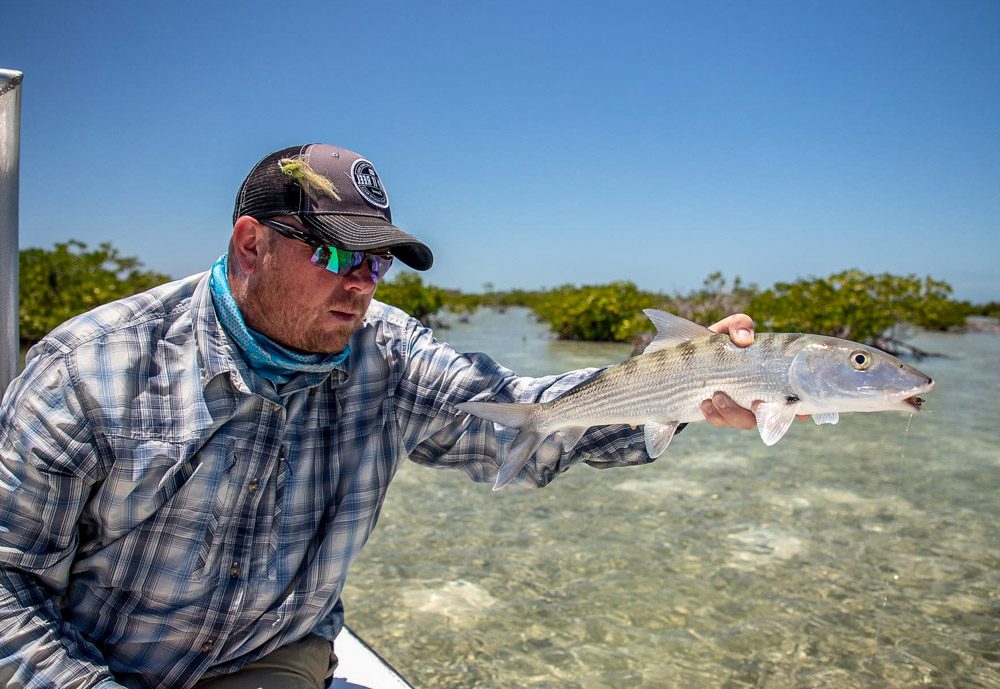

An angler’s paradise in the middle of stunning saltwater flats, the area is approximately 2600 square miles, a vast offshore wilderness where you will rarely see another angler, other than people in your own group. It has to be one of the best places in the world to fly fish for Permit Tarpon and Bonefish.
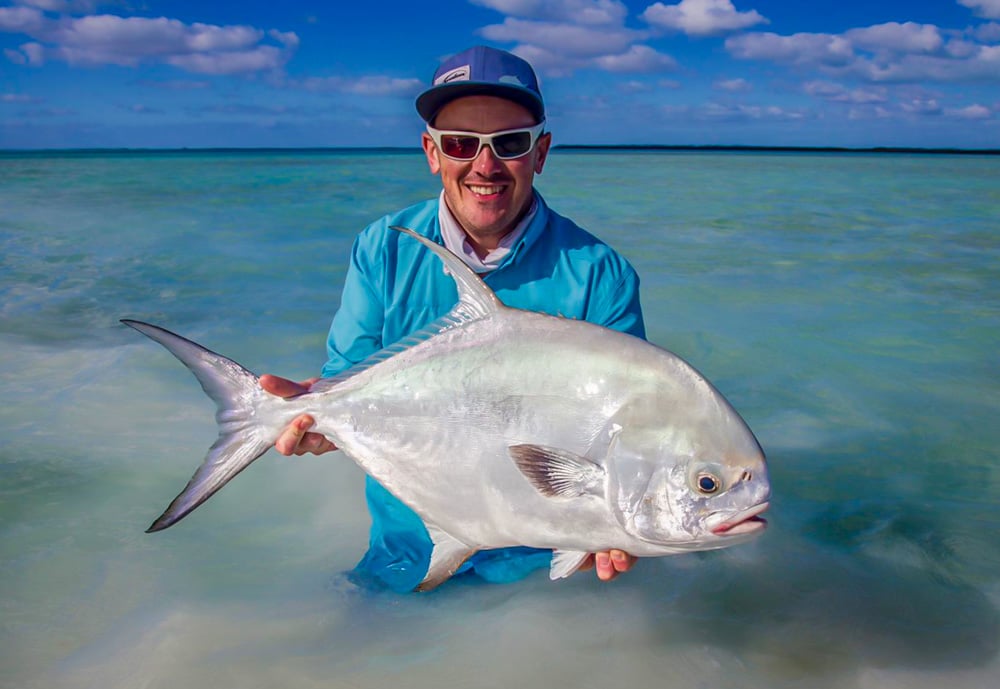

With our Cuba partners, we now have access to the exclusive fishing rights on the designated Cayo Largo Natural Reserve, which encompasses some 140 square miles of saltwater flats and channels. This has to be one of the best places in the world to catch a grand slam and super grand slam all on the fly.
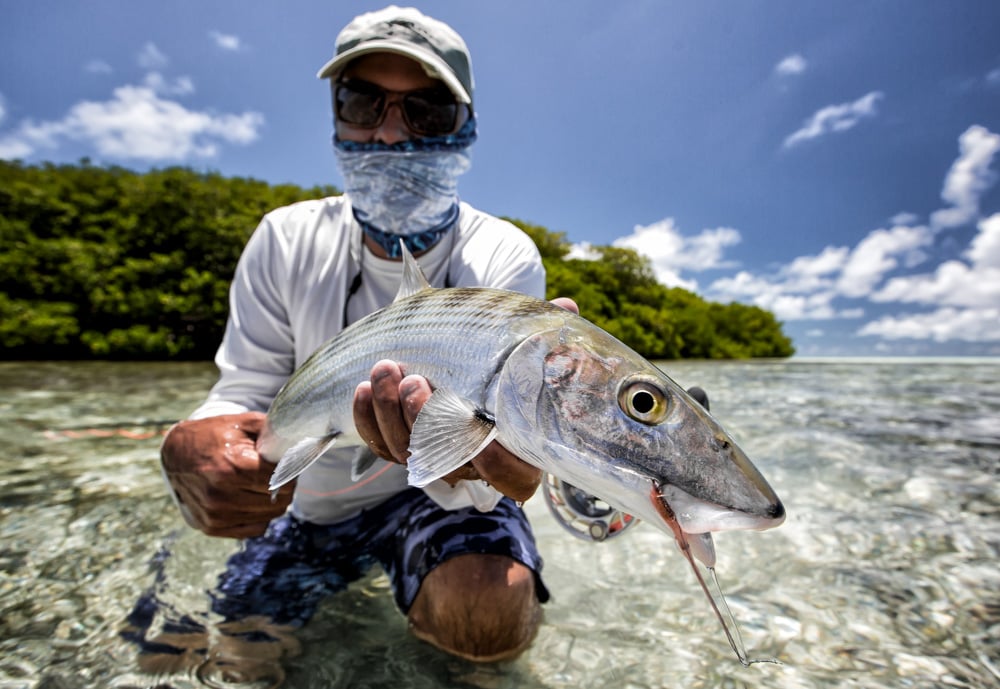

Thanks to its excellent fishing and easy access, the beautiful National Park of Los Roques has gained a reputation for being one of the best fly fishing destinations in the Caribbean, attracting travelling rods from all around the globe.
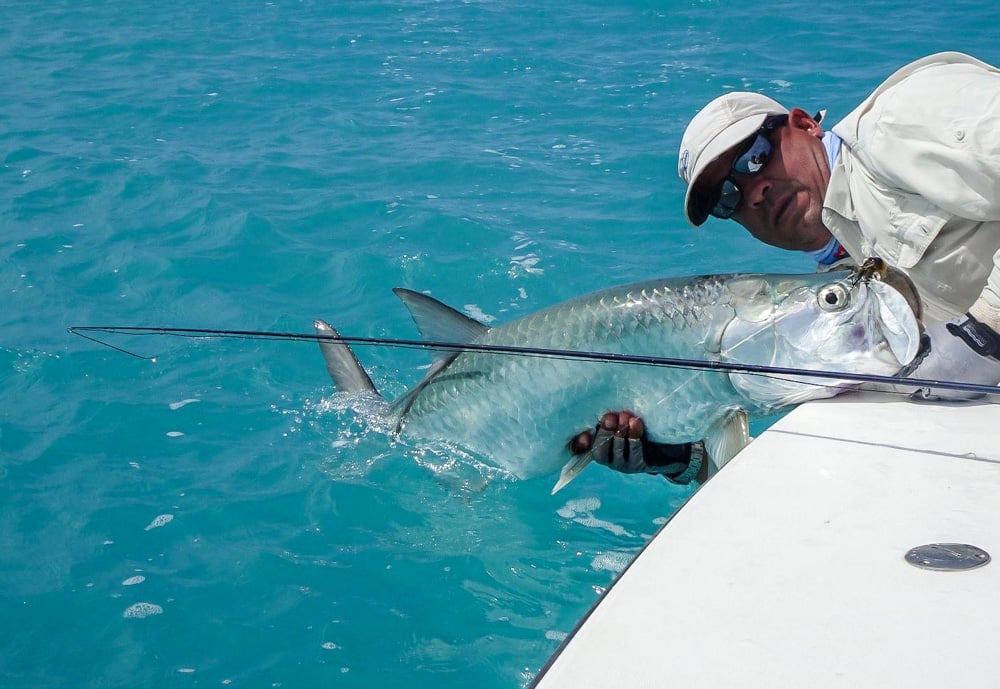

Cayo Romano is the latest most exciting saltwater fishing locations to become available to ardent fly-anglers. Located on the North Coast of Cuba in the Jardines de Rey, it consists of a huge fishable area, which provides incredible opportunities for big Permit, alongside some really exciting Tarpon fishing on the flats.


The Gardens of the King or Cayo Santa Maria is one of the most precious spots in Cuba and the Caribbean. Renowned as a Tarpon paradise, it's now viewed as one of the best destinations in the Caribbean for catching big Tarpon on the fly. As well as the big Tarpon, it's also home to all the traditional flats species like Bonefish, Permit and Snook.
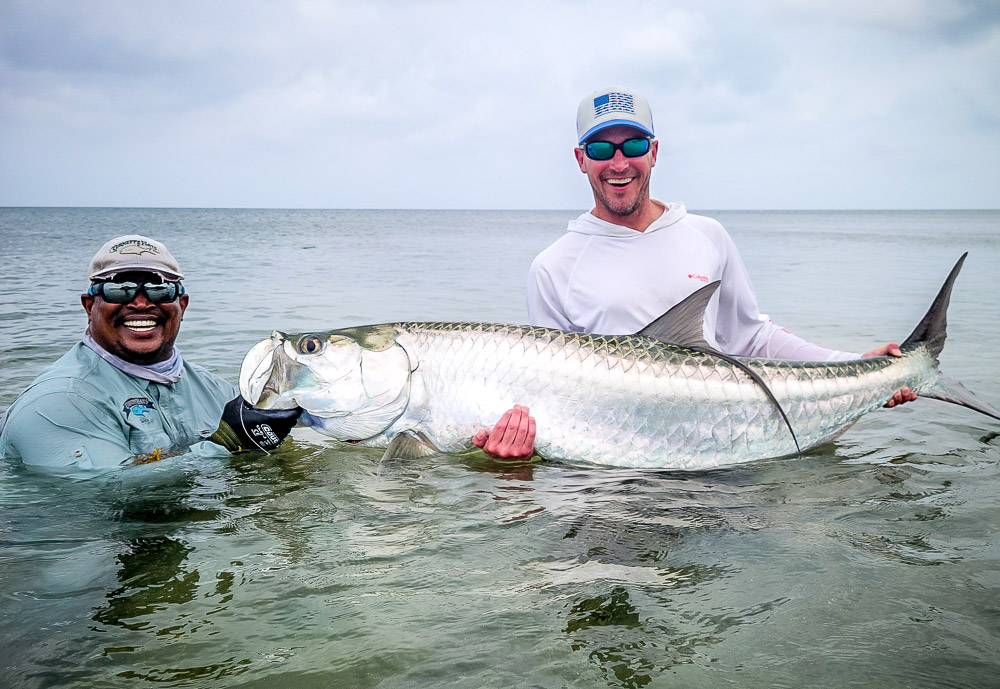

Turneffe Flats is one of the world’s premier flats fishing destinations combining a remarkable fishery with excellent English-speaking guides, top-notch equipment and superior service. The ability to sight-fish for Bonefish Permit and Tarpon on any given day makes Turneffe one of the few places where a Grand Slam is always a possibility.


Without a doubt, one of the world’s finest fly fishing Tarpon destinations has managed to stay below the radar resulting in large and aggressive Tarpon who are not afraid to charge and inhale a fly. Overall, expect many shots at fish from 60 to over 200LBS each day as the Tarpon are active feeding fish with very little fishing pressure.


Abaco Lodge is located on the Marl's side of Great Abaco Island, in the Bahamas. This area, known as the “Marls of Abaco”, is a vast expanse of prime wilderness Bonefish habitat that has long been known by well-travelled bone fishermen as one of the most unique and productive fisheries in the Bahamas.


Fly fishing is the emphasis of Mango Creek Lodge’s fishing operation, and the Lodge is Roatan’s premier saltwater fishery, presenting the opportunities for travelling rods to hook up with a coveted ‘Grand Slam’. Located in secluded Port Royal on Roatan’s East End, it’s just a stone’s throw away from some of the islands most productive flats.


Average Customer Satisfaction Score 92%


Species: Tarpon
Scientific Name: Megalops cyprinoides
Also known as Silver King, Sabalo Real, Grand Écaille
Tarpon, or the Silver Kings as they’re also known, are famed for their large, shiny, silvery scales, big eyes with adipose eyelids and broad, bony mouths that point upwards. Their colouration is often a blue-green or greenish-black along their backs, and they feature a large single dorsal fin which extends into a long filament. They are a unique species as they are one of the few fish in the world with a swim bladder, which they use primarily to breathe. They have the ability to rise to the surface of the water and take gulps of air.
They are a slow-growing, late-maturing species, taking between 6 and 7 years to reach spawning age. They primarily breed offshore in warm, isolated areas, with females laying up to 12 million eggs. Once hatched, juvenile fish will often spend the early years of their lives in freshwater, but as they reach adulthood, they can tolerate a wide range of salinity.
Young fish start off primarily feeding on zooplankton, insects, and small fish, but as they grow and develop, their consumption changes to bigger baitfish, crabs and shrimp. Adult Tarpons are strictly carnivorous and feed on midwater prey; while they don’t have teeth, they have abrasive pads and swallow their food whole. Big Tarpon are highly predatory, and when hunting, they will fill their swim bladder with air, using it as a primitive lung, giving them an advantage over their prey, especially in low-oxygenated water.
Since Tarpon are not fished for commercially, as they have very little value as a food fish, not much has been documented about their geographical distribution and migrations. However, they are known to inhabit both sides of the Atlantic Ocean, and their range in the eastern Atlantic has been reliably established from Senegal to the Congo. Tarpon inhabiting the western Atlantic are principally found to populate warmer coastal waters, primarily in the Caribbean, Gulf of Mexico, Florida, and the West Indies, which are some of the best locations to target them.
Thanks to their unique swim bladder and ability to breathe air, they can live comfortably and survive in a vast array of waterways. However, they are primarily found in shallow coastal and marine waters, estuaries, reefs, freshwater lakes and rivers. Travelling anglers hold Tarpon in extremely high regard, and thousands flock worldwide to target them, including those looking to fish for them on the fly or with bait and lures. Below are some of our top destinations to target and catch them.
Our top dedicated Tarpon fishing tours:
Jungle Tarpon Lodge Costa Rica
Silver King Lodge Costa Rica
Tarpon Fly Fishing Brazil
Sette Cama Fishing Lodge Gabon
Kwanza Tarpon Lodge Angola
We have a dedicated blog for our top ten Tarpon fishing tours, which may help you decide the best trip for you: Top 10 Tarpon Fishing Holiday Destinations.
Note: The migratory habits of Tarpon have been the subject of much discussion, but one thing is for sure: they don’t mind travelling. In the summer of 2010, anglers fishing for them in Charlotte Harbor caught two tagged fish. These fish were then caught in the Florida Keys, about 150 miles away the following spring. In July 2011, a fish caught near Islamorada was recaptured about a month later near Sarasota, approximately 125 miles away.
Tarpon are hard to connect with because of their bony mouths, tough to keep on the hook due to their acrobatic gill-rattling leaps, and challenging to land because of their increased stamina and ability to breathe air. In short, they are hands-down one of the most acrobatic, angry, tackle-wrecking, violent fish you could ever get hooked up to. But all of these things combined make them a terrific gamefish and a worthy adversary. They are loved by anglers worldwide from all disciplines, including fly, popper, jig and bait anglers.
When fly fishing for Tarpon, having the right gear is crucial; they are large, strong fish that can put up a tough fight, so as a result, it’s essential to use heavy tackle. We typically recommend a 12-weight fast-action rod with enough strength to handle the fish in the later stages of the fight. A heavy rod will also make it easier to cast accurately in the often windy conditions found on the flats.
In addition to the rod, a high-quality reel is essential. The reel must be able to withstand the long, fast runs made by an angry Tarpon at the beginning of the fight. Large arbour reels with a robust drag system are necessary and should be spooled with 200-300 yards of 30-pound backing to ensure you don’t run out of line.
The choice of fly lines is a matter of personal preference, but there are many excellent dedicated options on the market. Similar comments also apply to the leader material. However, we recommend a 10ft to 11ft long tippet between 50lb to 80lb, as this will also help protect against the Tarpon’s bony mouth and abrasive rubbing pads.
When choosing flies, you must consider the specific situations you’ll be fishing. However, several tried and trusted options consistently prove effective. Flies like the Tarpon Toad, Black Death, and the Big Eye are commonly found in a guides’ fly box. Additionally, certain conditions may call for flies that mimic the local insect hatches. For example, the Palolo Worm hatch in Florida Bay can cause Tarpon to go into a feeding frenzy, providing excellent fishing opportunities. Another example is when Tarpon gather in passes and around bridges to feed on large numbers of crustaceans during an outgoing tide.
When bait or lure fishing for Tarpon, an 8ft to 10ft heavy spinning rod paired with a 6000-8000 size reel can suffice, but if you know you’re fishing for some true giants, stepping this up one or two notches is recommended. A ledgered or float-fished live or dead bait mounted on a large circle hook is a popular method, while lures trolled or cast and fished conventionally will also catch a fair share of fish.
Tip: Once you have hooked a Tarpon, it will almost always immediately go airborne. When this happens, you should drop your rod tip to make the line slack – known as ‘Bowing To The King’. This is one of the few fishing situations where you want a slack line when fighting a fish, but doing so means the fish is less likely to snap your line with one of its violent headshakes. Even when you know you should bow to the King, it can be challenging because the leaps, especially the first, can be sudden. It’s something that takes some practice and getting used to
Depending on your fishing location, the Tarpon can vary significantly in size. Most saltwater flats fishing destinations will have a number of older, resident fish, which can weigh over 80lb to 100lb, alongside large numbers of migratory juveniles. These juvenile fish usually weigh between 5lb and 20lb.
Female Tarpons grow more significantly than their male counterparts and have been known to achieve lengths of over 8ft and weigh more than 350lb. Biologists believe these specimens may be upwards of sixty years old. The official IGFA Tarpon record is 286lb 9oz, and it was landed off the coast of Guinea Bissau in Africa in 2003.











